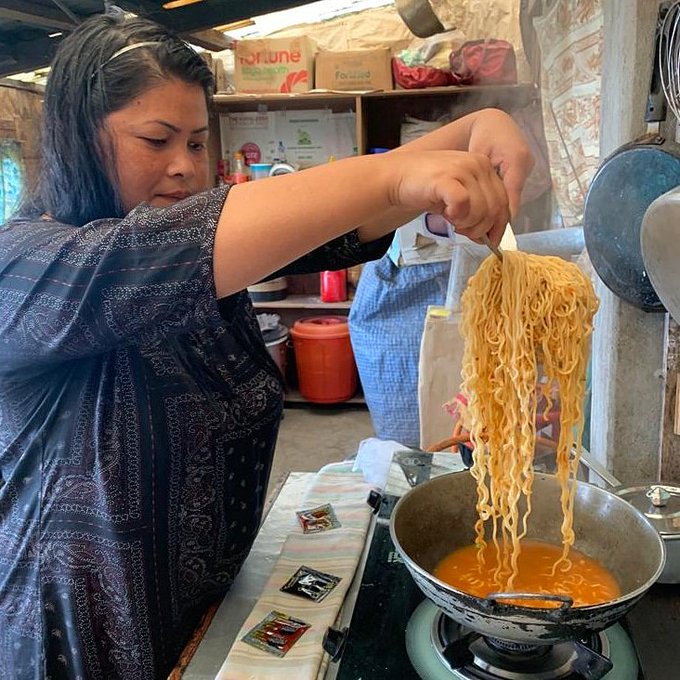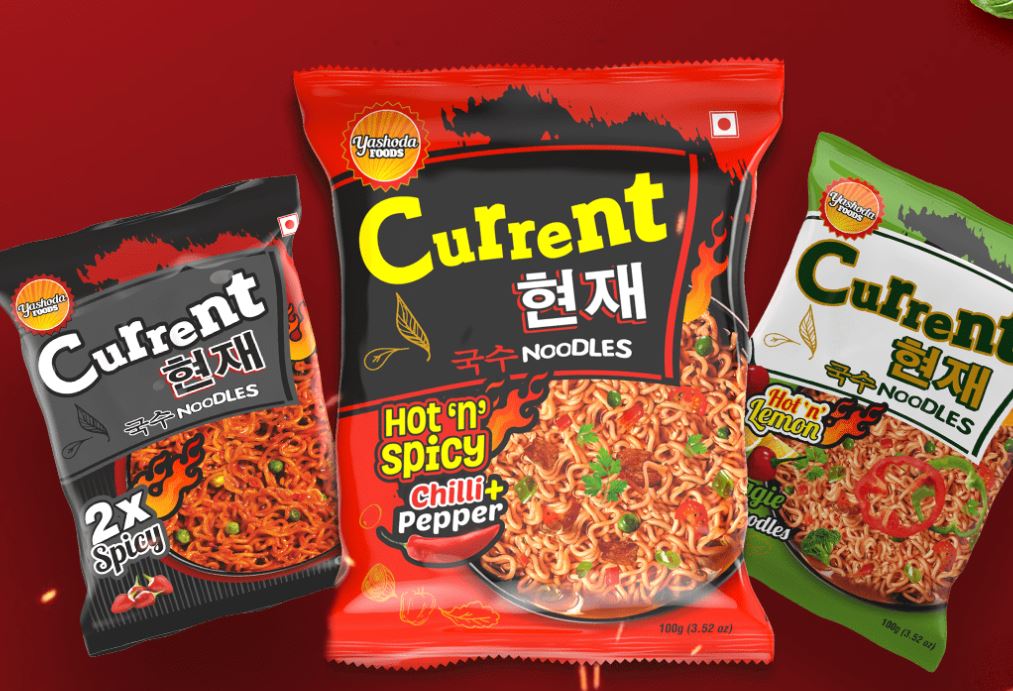Introduction
Noodles have become integral to global cuisine, offering diverse flavors and textures catering to various palates. Among the myriad of noodle options available in the market today, Current Noodles stand out as a popular choice, particularly in Nepal. This article delves into Current Noodles, exploring everything from their recipe and price to their origin, ingredients, and health implications.
Current Noodles Recipe
Current Noodles boast a tantalizing flavor profile and a satisfying texture, making them a favorite among noodle enthusiasts. The recipe for Current Noodles typically involves a few key ingredients and a straightforward cooking process. Here’s a basic recipe to create your delicious bowl of Current Noodles:
Current Noodles Ingredients
It typically comprises a simple yet flavorful combination of ingredients carefully selected to enhance their taste and texture. While the exact ingredients may vary slightly depending on the brand and recipe, the following are commonly found in most varieties of Current Noodles:
- Wheat flour: Provides the base for the noodle dough, giving it structure and elasticity.
- Water: Work the flour into a medium-textured dough. And cook the noodles.
- Salt: Enhances the noodles’ flavor and helps regulate the dough’s fermentation process.
- Vegetable oil: Gives the dough more moisture and prevents the noodles from sticking together during cooking.
- Seasonings and flavorings: Soy sauce, garlic, ginger, and chili paste contribute to Current Noodles’ distinctive taste.
- Preservatives (optional): Some commercial varieties of Current Noodles might include preservatives to increase how long they last on the shelf.
- Current Noodles (available in most grocery stores)

It’s worth noting that while Current Noodles are generally made from simple and natural ingredients, individuals should always read the product label for potential allergens or additives in case they have any specific dietary requirements or preferences.
Read More: Keema Noodles: Exploring the Savory Delight
Instructions:
Here are some instructions for preparing noodles:
- Step 1: Fill a pot with boiling water and sprinkle with salt. Cook the Current Noodles according to the package instructions until they are the tooth. To keep from sticking, empty and rinse with cold water.
- Step 2: Heat vegetable or sesame oil in a separate pan or wok over medium-high heat. Add minced garlic and ginger, and sauté until fragrant.
- Step 3: Add assorted vegetables and protein to the pan, stirring frequently until cooked.
- Step 4: Toss the cooked Current Noodles and drizzle soy sauce over the mixture. Stir everything thoroughly and equally to ensure all the ingredients are well combined.
- Step 5: Cook for a few minutes longer. Allowing the flavors to meld together.
- Step 6: Garnish the hot dish with chopped cilantro or green onions if desired. Enjoy your homemade Current Noodles!
Current Noodles Price in Nepal
In Nepal, current noodles are available at affordable prices in grocery stores, supermarkets, and local markets. The price may change based on where you live, packaging size, and ongoing promotions or discounts. However, on average, a standard pack of Current Noodles typically ranges from NPR 20 to NPR 50, making it an economical choice for consumers seeking a quick and satisfying meal option.
Are Current Noodles a Nepali Product?
While these Noodles have gained popularity in Nepal and are readily accessible, they are not inherently Nepali products. Instead, They are part of the larger global noodle market, their origins tracing back to regions where noodle consumption is prevalent. However, their availability and widespread consumption in Nepal have contributed to perceiving Current Noodles as a familiar and beloved staple within the country’s culinary landscape.
Current Noodles Origin
The exact origin of these Noodles can be traced back to the broader history of noodle-making, which dates back thousands of years across various cultures and civilizations. In their diverse forms, noodles have been a dietary staple in many parts of the world, including East Asia, Southeast Asia, and Europe.
While the specific origin story of Current Noodles remains elusive, they are believed to have evolved from traditional noodle recipes, incorporating regional flavors and culinary techniques to create a unique and distinct product.
Are Current Noodles Healthy?
When evaluating the healthiness of these Noodles, several factors come into play, including their nutritional content, preparation method, and frequency of consumption. Here’s a closer look at the potential health implications of indulging in Current Noodles:

- Nutritional profile: These Noodles are primarily made from wheat flour, which provides carbohydrates, a key source of energy. However, they may lack essential nutrients such as protein, fiber, vitamins, and minerals. Consider incorporating plenty of vegetables and lean protein into your noodle dishes to boost their nutritional value.
- Sodium content: Many commercially available Current Noodles contain added salt and flavor enhancers, contributing to their savory taste profile. However, excessive sodium intake has been associated with several health problems, such as high blood pressure and cardiovascular disease. Opt for low-sodium or reduced-sodium varieties of Current Noodles whenever possible, and be mindful of portion sizes.
- Preparation method: How Noodles are prepared can significantly impact their health. Stir-frying noodles with abundant vegetables and lean protein can create a balanced and nutritious meal. Conversely, deep-frying or smothering noodles in heavy sauces laden with unhealthy fats and sugars can diminish their health benefits.
- Moderation is key: While these Noodles can be savored in a balanced diet, they must be consumed in moderation and alongside other nutritious foods. Your diet must contain lean proteins and various nutritious grains, fruits, and vegetables to meet your body’s nutritional needs while savoring the occasional bowl of delicious current noodles.
Conclusion
In conclusion, Current Noodles offers a convenient and flavorful meal option that appeals to a broad audience, including Nepali consumers. By understanding the recipe, price, origin, ingredients, and health implications, individuals can make informed choices about incorporating it.
These Noodles are added to their diet while striving for overall health and wellness. Whether as a quick weekday dinner or a comforting weekend treat, Current Noodles continues to captivate taste buds and satisfy cravings worldwide.
Taken as a light supper, a filling snack at home, or savored in a bustling Nepali eatery, these noodles continue to captivate taste buds and bring people together through the shared joy of good food.
You Might Wanna Known About: Jaggery: A Sweet Delicacy with Health Benefits












